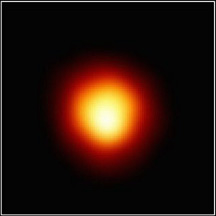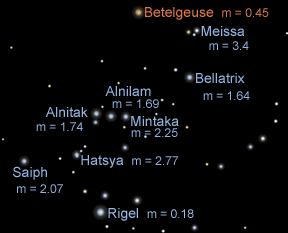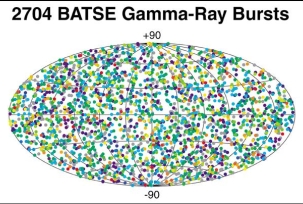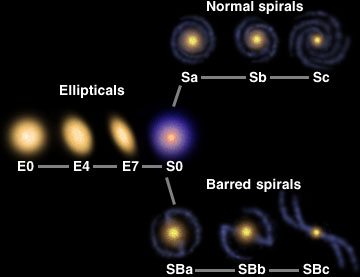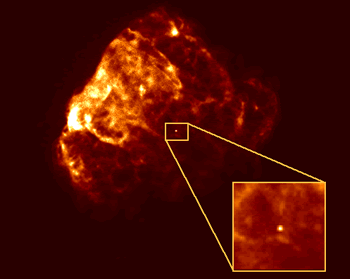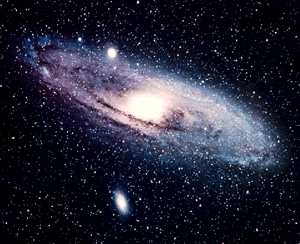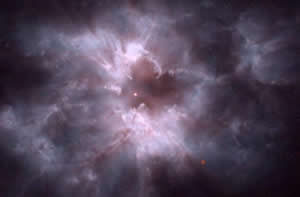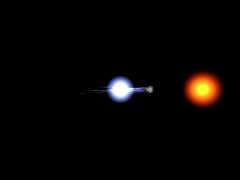This is the star, Betelgeuse. Betelgeuse is a red supergiant. The star is one of the brightest in the night sky.
Click on image for full size
Image from the Hubble Space Telescope, reproduced with permission from AURA/STScI.
Click on image for full size
Image from the Hubble Space Telescope, reproduced with permission from AURA/STScI.
Betelgeuse: The Next Supernova?
| What's in a Name: | Arabic for "shoulder of the giant". Could also mean "hand of al-jauza" where al-jauza is the Arabs' "Central One". Also known as the Martial Star. |
| Claim to Fame: | First star seen as a sphere instead of a point of light by the Hubble Space Telescope on March 3, 1995. 12th brightest star in the sky . Possibly will be the very next supernova in our galaxy. |
| Type of Star: | Orange-Red Supergiant (M2 Iab Spectral Class). 3300K surface temp. |
| How Far Away: | About 425 light years away |
| How Big: | 630 times the sun's radius. Would overfill the orbit of Jupiter if placed at the sun's position in the solar system |
| How Bright: | 60,000 times the sun's visual luminosity (absolute visual magnitude, Mv = -7) |
| Where to View: | In the constellation of Orion |
| When to View: | Best viewed from the Northern hemisphere during December-March |


